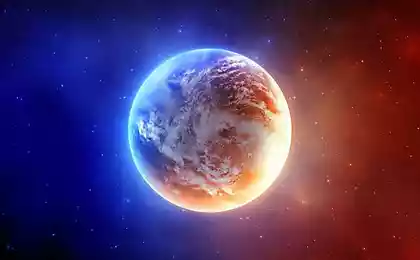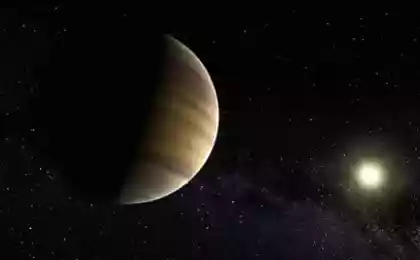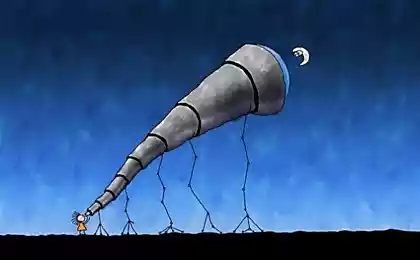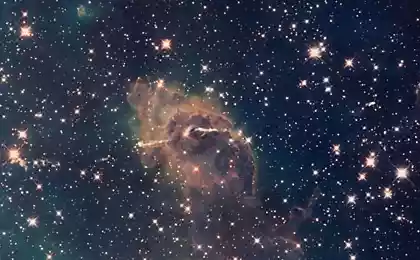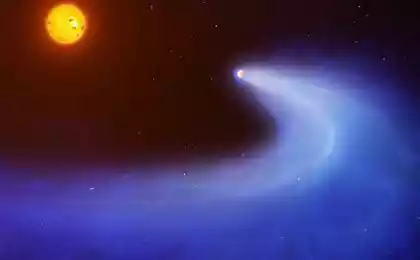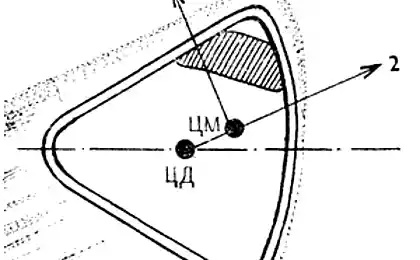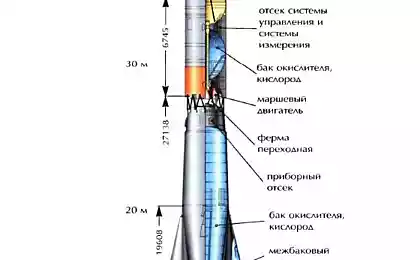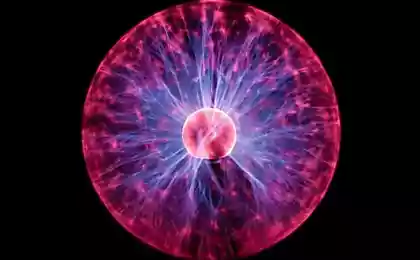497
Why are we looking for extraterrestrial life on moons, not planets?
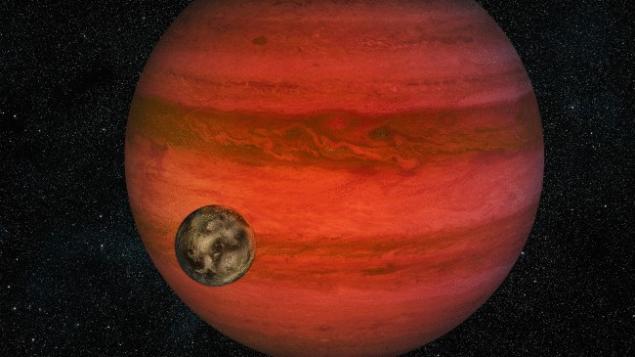
Think about the moon, and you'll probably imagine a desert, dotted with craters landscape, possibly with the footprints of the first astronauts. On the earth's moon has no place to live. But this is true for not all moons. Floating around Saturn's moon Enceladus are rich in geysers of water that come out of the underground ocean. Europe floating around Jupiter, has a salty underground sea, and the Titan has seas of ethane and methane. About 150 moons in the Solar system to possess an atmosphere, organic compounds, ice and maybe even liquid water. They all look like places where life can be — albeit strange.
Because to date, the space telescope Kepler found more than a thousand planets — and the evidence suggests that the milky Way galaxy has hundreds of billions of worlds, it makes sense to look not on alien planets, and their satellites. The chances of the emergence of life on extrasolar planets is very high, but multiply those hundreds of billions on 150 — and you will find many additional places for extraterrestrial life. "Because it revolves around the planets so many satellites if life begins on one of the moons, we can find numerous inhabited moons," says Seth Shostak, an astronomer at the the SETI Institute.
Moreover, many of these satellites may be located in a potentially habitable zone, the region around a star within which may exist liquid water. Actually, this is one of the reasons that Harvard astronomer David Kipping got interested in actionname. He claims that about 1.7% of all stars identical to the Sun and have rocky planets in the habitable zone. But if we talk about the planets made of gas like Jupiter and Saturn, this number goes up to 9.2%. Gaseous planets have no solid surfaces, which astronomers think is vitally important, but their companions may be.
So far no one has found any moons beyond our Solar system. But people like Kipping trying very hard. He leads a project called "the Hunt for ecolony" with Kepler, one of a kind project, which deals with the search for moons in other planetary systems. The team studied 55 systems and this year plans to explore another 300. "For us it will be a great year," says Kipping.
Look for the moon is not easy. Kepler was designed to look for planets, the telescope, watching the fading sunlight, which indicates the passage of planet in front of star. But if the planet accompanied by a moon, darkening can be even more powerful, to create a so-called curve light. The gravitational influence of the moon also causes the vibrations of the planet, light movement, which scientists can measure.
In their search command Kipping sifts through more than 4,000 potential planets in the Kepler database, identifying 400 of them, which can have the greatest chance for detection of the moon. Then they use a supercomputer to simulate the orbit of each of the hypothetical moon of any size around 400 of these planets. Computer simulation gives hypothetical curves of light, which astronomers compare with real data of Kepler. The question is not whether there is a moon, Kipping says, and how big it is. If the galaxy is filled with large moons the size of Earth or more, scientists can find dozens of moons in the Kepler data. But if it turns out that the universe does not produce moon of such size and ecolony smaller moons of our Solar system, the chances of detection aktolun will fall significantly.
According to astronomer Gregory Lawline University of California, Santa Cruz, the last option is most likely. "My sixth sense tells me that since the process of lomoobrazovanija in our Solar system happened exactly, most likely it will be similar in other ekzoplanety systems." Thus, the team of Kipping will be very difficult to find something, even if they learn to identify the smallest of satellites up to half the mass of the largest satellite in the Solar system, Ganymede.
You will find on these satellites life is quite another matter. Even if astronomers eventually discover the moon, to determine whether it is inhabited (with its atmospheric, aqueous and organic components) will be extremely difficult. Starlight reflected from the planet, it will close all. Modern and even near future telescopes unable to Dodge it, so not all scientists are optimistic about the ideas of Kipping. While there is simply no good way to characterize aktolun with astronomical and astrobiological point of view.
Even Kipping acknowledges that would not rely on the detection ecolony. Nevertheless, the work will continue. "It will be surprising if we don't find anything," he says.
Source: hi-news.ru



